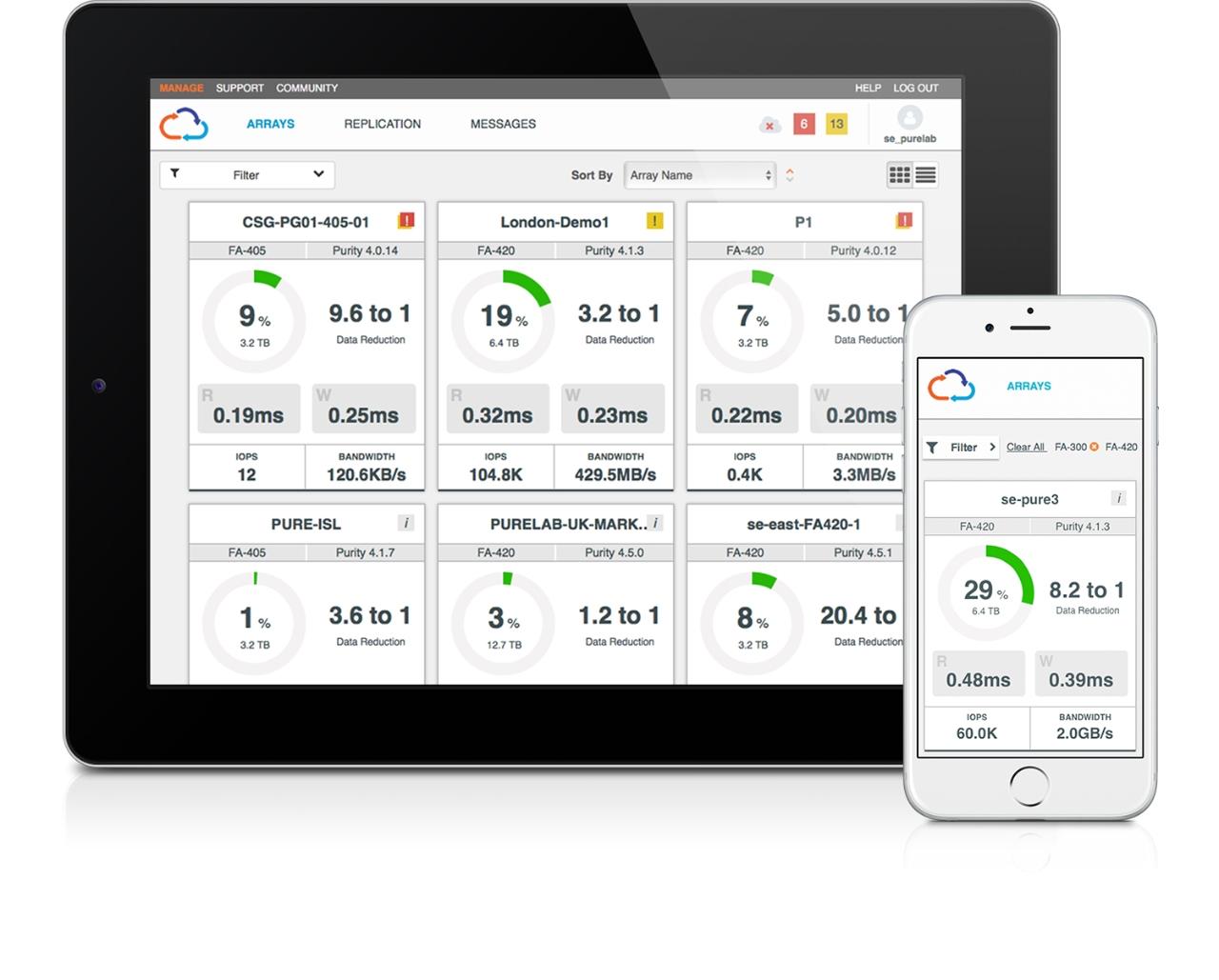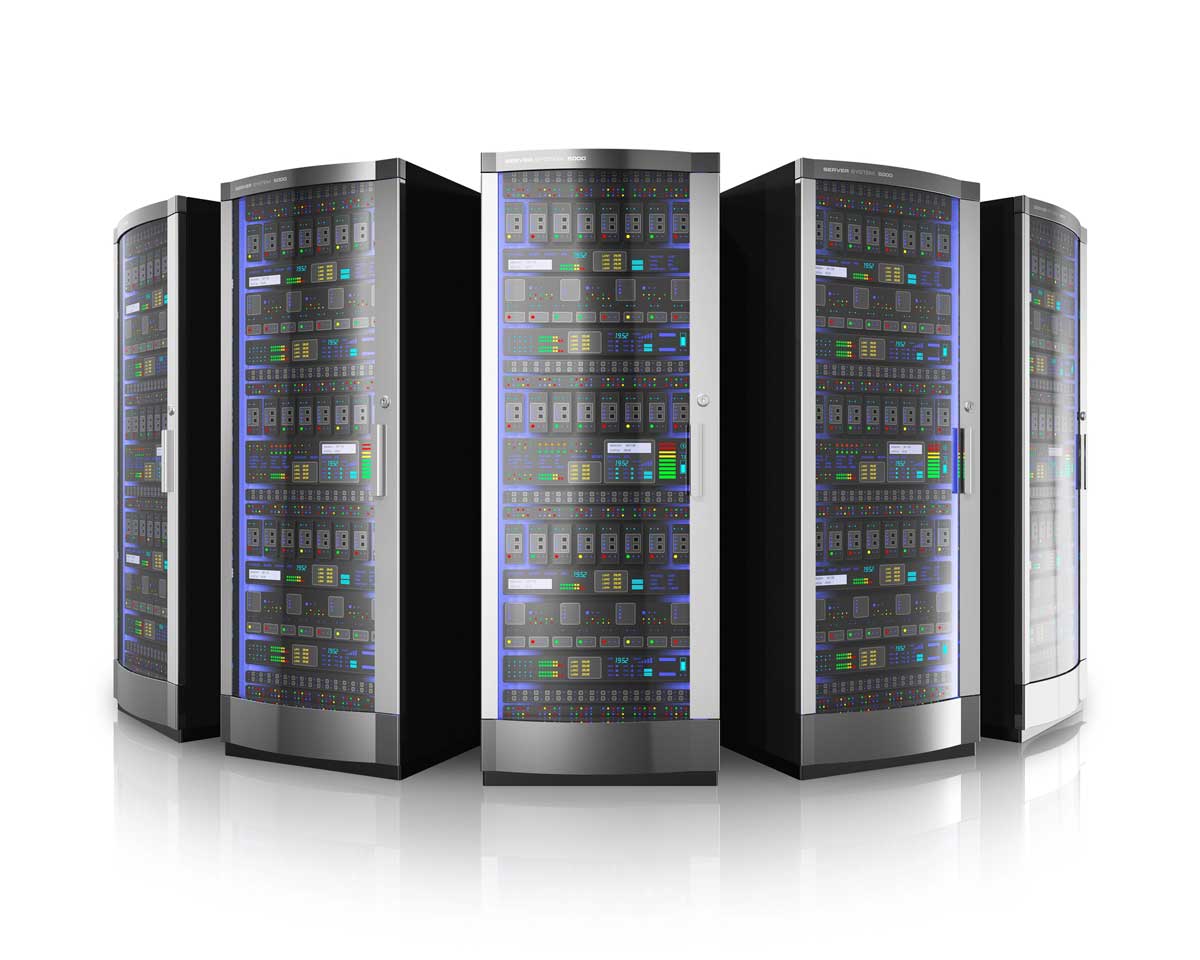One of the biggest challenges for emerging storage vendors is the phrase “no one ever got fired for buying IBM.” You can replace IBM in this phrase with any major tier 1 vendor of your choosing, but the general meaning of the phrase is that your job is safe if you just stick with the big companies. Going with smaller, untried companies is seen as a far riskier move, particularly when those companies may not have a track record that guides how well they can support their customers. Even though Pure recently went public, they are still far from being a household name in the enterprise, where decision-makers may be reluctant to change.
Here’s the problem, though: these same smaller emerging companies are often doing very cool things that have the potential to solve a whole lot of problems. In today’s rapidly shifting storage market, sticking with the status quo is becoming an unpalatable choice as companies seek to gain the benefits of new features and new platforms.
In order to help customers gain a sense of comfort around their platform, Pure Storage has put together a program with three key points, each intended to address important customer concerns. Called Evergreen Storage, this program is intended to help customers maintain their storage investment with Pure.
Consider the traditional storage buying cycle. Every few years, you replace what you have and go through a labor-intensive data migration process in order to stand up the new storage and decommission the old. We often term this as a “forklift upgrade” because we have to physically remove the old to make way for the new. Pure’s Evergreen Storage program aims to help stop the pain and consists of these three points:
- Love your storage guarantee. If you buy an array from Pure and you don’t like it, you can send it back, no questions asked. You have 30 days to do so. With this guarantee alone, new customers have a risk-free way to determine whether Pure’s gear can meet the needs of your production workloads.
- All software is included. Pure is far from alone in having an all-inclusive software offering, but it’s still good to see. Software makes the solution and for years, legacy storage companies have insisted that “above and beyond” features, such as deduplication and replication, should be licensed separately, thereby providing additional revenue for the company. Newer storage vendors, including Pure, have largely eschewed this nickel-and-dime pricing model in favor of an all-inclusive model.
- Forever flash. This program point enables customers who add capacity or upgrade controllers to reset their maintenance costs to then-current Year 1 maintenance pricing. Additionally, customers are enrolled in Pure’s “Free Every Three” program, which, for customers under maintenance, allows customers to receive free controller upgrades every three years when they agree to renew their maintenance for an additional three years. Customers can also choose to pre-buy five years of maintenance and still get new controllers in Year 3.
Pure’s Purity operating system is also fully backward compatible with all previous hardware editions and this is a trend the company intends to continue. As such, customers should be able to stay current on software while keeping their hardware in place if they want to.
All of this combined helps to support Pure’s promises that customers will never have to do a disruptive upgrade and that they won’t need to forklift their expensive storage investment.
Pure is also taking great steps toward adding cloud-based support and intelligence to its platform and has done a very good job. Pure’s tool — called Pure1 — reminds me a lot of Nimble’s InfoSight platform, under which arrays continually send information back to Pure HQ. Based on this information, Pure can help their customers stay much more proactive with regard to support. For example, as an array is approaching capacity, a Pure representative can proactively reach out to the customer to discuss options. This kind of capacity management even extends into capacity planning. Pure1 enables you to see future projections based on your chosen utilization period. Of course, the tool can also be used to help with more severe issues as well. A general screenshot from Pure1 is shown below.

I see these kinds of tools as becoming increasingly critical for storage vendors — really, all vendors — to eventually implement, particularly as companies seek to shift IT to a more business-facing service rather than one that focuses solely on bits and bytes.






















